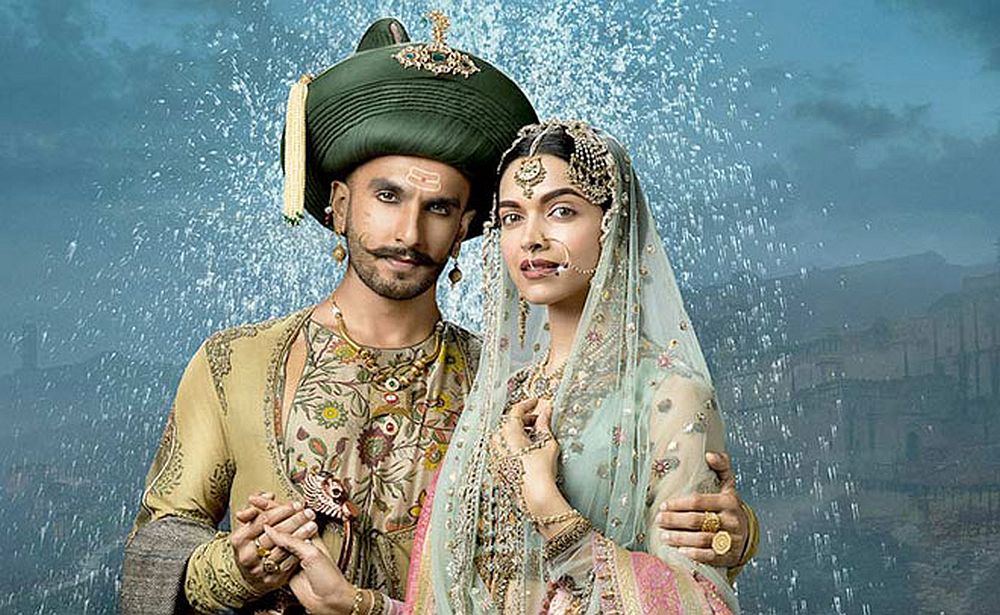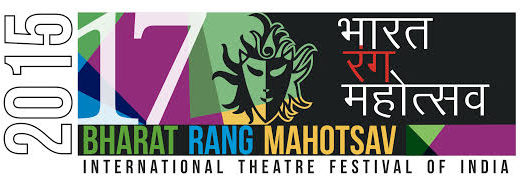On Seeing Padmaavat By Partha Chatterjee

Rating
[ratings]
Sanjay film Padmaavat based on Malik Mohammad Jaisi’s long narrative poem from the 16th century, has finally been released after much bloodshed and violence across northern and western India. Things got so out of hand in Gurugram, Haryana that a mob owing allegiance to the Rajput Karni Sena founded by Lokendra Singh Kalvi mercilessly stoned a school bus carrying small, terror-struck children cowering under the seats not wanting to get grievously injured. Mysteriously the Karni Sena has suddenly gone silent along with its leader and the film is doing roaring business. Bhansali and his financiers are laughing all the way to the bank. The BJP Government is silent about the abominable acts of terror and mindless violence unleashed by the Karni Sena, which like the ruling party is Right Wing and blatantly Hindu.
Padmavati, according to legend was a Singhala princess whom the Rajput prince Ratan Sen (Singh) fell in love on his search for priceless pearls on the island. He brought her back to Chittor (Rajasthan) as his second wife much to the chagrin of his first spouse Nagmati. Padmin’s lambent beauty has been a part of folklore since the 14th century. Her love for her brave, chivalrous, not very intelligent husband and the supposedly obsessive desire of Alauddin Khilji (1296-1316), the 13th and early 14th century Sultan of Hindustan to possess her body and soul is the stuff of legend. Chittor, according to folklore fell to the better armed and numerically superior Khilji army after a fight unto death. The womenfolk-old, young and children- are said to have committed Jauhar by immolating themselves. This is the story, with suitable embellishments and digressions in the very many versions that exist which have been fed to the upper castes, meaning the Brahmins, Banias and Rajputs, who have remained at the apex of the caste hegemony of majoritarian Hindu India over the last thousand years and have enjoyed all the economic and political privileges even when living under conquerors. Status quo prevails even today in independent India.
Bhansali’s film is all that it should not be – retrograde, overly sentimental and crass. There is no story really apart from the populist legend handed down over centuries. It is driven by dialogue that would befit a second rate Television serial and a lot of grand standing. The camerawork, if it can be called that, is completely dependent on special effects as is the entire production, most of all the sets, the outdoor battle scenes, the utterly revolting and inhuman long sequence of Jauhar at the climax of the film. The costumes and jewellery and weaponry and other props would do credit to any desi-chic fashion designer. It is really difficult to know how exactly royalty, both Rajput and Turki Khilji, dressed in those days or how they ate, slept, made love, fought wars. In these matters it is best to let the imagination roam, as long as it does not resemble a fashion show, which this film does. But would it have mattered if the film had argued its case in the 21st century idiom of morality and ethics?
The historical period in which a film is set is unimportant; what however is the treatment or how the subject is treated. Surely Jauhar, in theory and practice would have been revolting to women at the time it was practised, trapped as they were by the tentacles of patriarchy. Women were regarded as custodians of the family’s therefore clan’s honour. There were no nations then. The truth is they were regarded as goods and chattel in India till well into the 20th century. Defeat in war and resulting conquest by the enemy always resulted in the search for scape goats, which conveniently ended with women. Jauhar was committed to save the honour of the community. The men, of course, could be co-opted by the conqueror, as they usually were, regardless of what the legends said. Bhansaali’s Padmaavat is set conveniently in the medieval period thus giving it a status of myth. The cardinal reason behind its runaway success is that Indians ‘’uncontaminated’’ by an occidental education who form the overwhelming majority are addicted to myths.
The alarming thing about Padmaavat is its openly communal stance. Ratan Sen (Singh) and his followers are shown as being brave, chivalrous, trusting and honourable. Alauddin Khilji and his fellow Muslims are depicted as being dishonourable, treacherous and woman-hungry. Even the penultimate scene in which Ratan Singh is killed is because he is brought down in a hail of arrows directed at his back by Khilji’s army. The drawn out Jauhar sequence at the end, is shot with a neurotic love that reveals a completely retrograde mind.
Since Bhansali, through his film, reveals a mindset as backward as that of his so-called adversary Lokendra Singh Singh, founder of Karni Sena, it would be only natural that he legally adopt the filmmaker as his son and heir!










